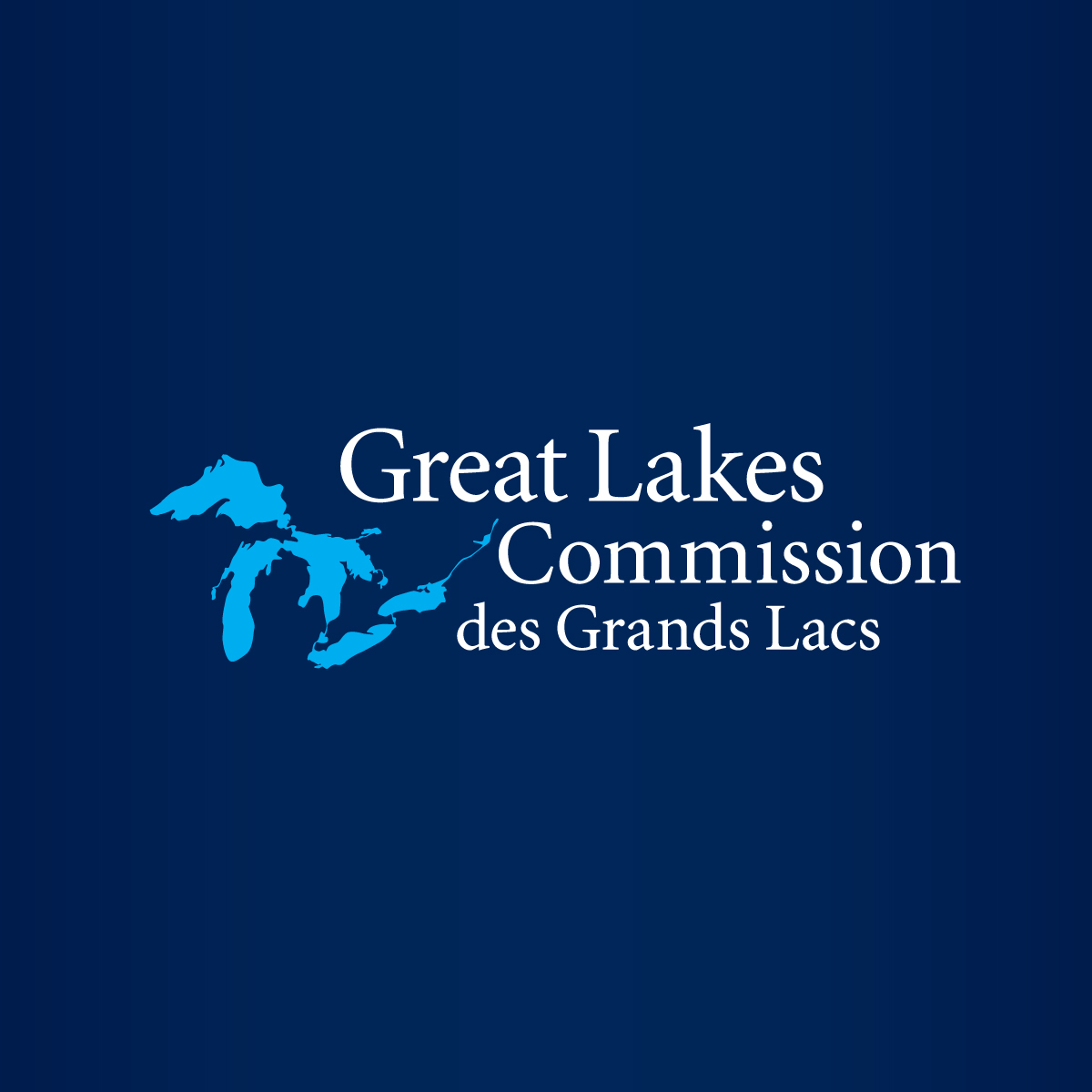The Center for Great Lakes Literacy launched a new, self-paced and online module designed for elementary, middle and high school teachers to learn and teach their students about the science […]
Great Lakes Commission
Great Lakes Commission
Duluth, Minnesota – At its Annual Meeting, held this week on the shores of Lake Superior in Duluth, Minnesota, the Great Lakes Commission (GLC) passed
London Free Press
Winter conditions in the Great Lakes are getting much shorter — by about two weeks fewer each decade since 1995
Great Lakes Echo
By Donté Smith
The Great Lakes, a vital freshwater expanse for millions, face an ongoing environmental crisis. Beneath the vast waters lies a significant threat: pollution stemming largely from agricultural runoff. This flow of excess nutrients like phosphorus and nitrogen contributes to harmful algal blooms and expanding “dead zones,” jeopardizing ecosystems, water quality and public health across the region. Amidst these challenges, Barn Sanctuary in Chelsea, Michigan, works to make a positive impact on the region. Tom McKernan, sanctuary co-founder and operations director, wants the farm to stand as a living model where animal welfare and ecological stewardship aren’t just compatible, but linked.
Great Lakes Commission
his year’s Manure Expo, held at the fairgrounds in Fulton County, Ohio, showcased the high-tech transformation of manure management. New tools on display at the expo aim to solve the […]
Great Lakes Commission
ix swimming beaches at state parks in New York are closed, according to state officials. Four of the beaches are closed due to harmful algal blooms and two beaches tested […]
Great Lakes Commission
armful algal blooms have appeared in two locations in Lake Erie, including Sandusky Bay. Toxins have been detected in the Sandusky Bay bloom but no toxins have been reported yet […]
Great Lakes Commission
ising water temperatures are creating unusual “bathtub conditions” in western Lake Erie this summer, raising concerns for harmful algal blooms. Read the full story by Inside Halton.
Interlochen Public Radio
Lake Champlain is more than 16 times smaller than Lake Ontario, the smallest Great Lake. But in 1998, Congress designated Lake Champlain as the sixth Great Lake, teeing off a historical and cultural fight over which lakes can really call themselves Great.
Great Lakes Commission
Microcystin, the toxic chemical produced by Harmful Algal Blooms (HAB), has now been detected in the air as well as the water during HAB season. Researchers are collecting samples and […]
Great Lakes Commission
Researchers have identified a species of blue-green algae in the Duluth-Superior harbor that’s capable of producing harmful algal blooms, which may lead to better monitoring. Read the full story by […]




